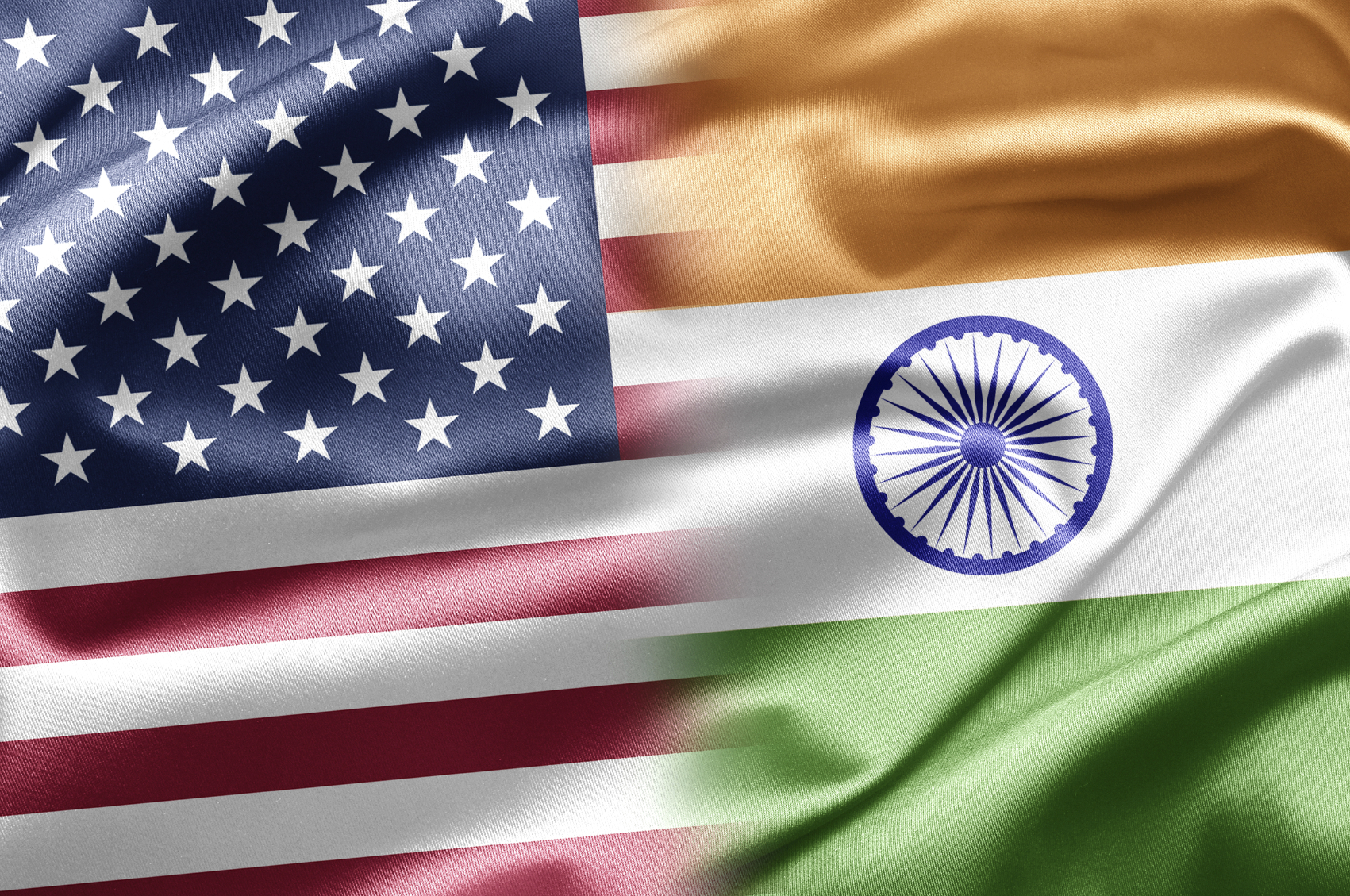Opening a US bank account will help you create a financial footprint and give you financial freedom in the US. However, this process can be daunting, regardless of whether you are moving to the US for higher education or work. You are usually required to:
- Be physically present in the US
- Make multiple visits to the bank
- Open an account in-person
- Have an SSN or ITIN
- Show proof of residence in the US
Read on to learn how to open your own US bank account, from India, without going through this hassle.
Introducing Vested Money! The easiest way to open a fully digital US bank account!
What is Vested Money?
With Vested Money, residents of India and NRIs can open USD-denominated bank accounts from anywhere in the world, whether from India or other countries. Account opening takes minutes. All you need is a valid Indian passport (no SSN required). Since Vested Money accounts are full-fledged bank accounts, they have all the features you expect from a bank account:
- International Visa card (both virtual and physical) – read more below
- Ability to withdraw cash from millions of Visa network ATMs from around the world
- FDIC insurance for cash balance up to $250,000
Once you open a Vested Money account, you can start sending funds from your bank in India to your Vested Money account in the US, even while you are still in India. Fund transfers typically take 2 – 3 business days.
The benefits of using the Vested Money international Visa card
Spending abroad using Vested Money’s USD-denominated Visa card is more cost-effective when compared to forex cards or other INR-denominated cards because:
- Forex card/Indian cards will charge you for currency conversion as well as FX fees
- You need to reload your Forex card every time your balance runs out
- You cannot transfer/invest the idle cash balance left in your Forex card
Furthermore, the Vested Money Visa card is fully customizable: you can have multiple virtual cards and/or a physical card that you can flexibly manage using an easy-to-use app.
Wondering if you can open a US bank account from India?
Indian citizens can open and maintain a bank account in the US under the Liberalized Remittance Scheme (LRS) of the Reserve Bank of India (RBI). The LRS is a policy of the Reserve Bank of India that governs remittances from India to overseas. Under the LRS scheme, all resident individuals of India, including minors, are allowed to remit up to USD $250,000 per financial year.
Traditional US banks allow you to open an account only after you arrive in the US, after several visits to the bank, and submitting a great deal of paperwork. However, with Vested Money, you can open your US bank account and fund your account before leaving for the US.
Eligibility
You must be 18 years or older and hold a valid Indian passport to set up a Vested Money account. NRIs in the US can also use their SSN to open an account.
Using Vested Money, your bank account and Visa card will be completely operational before you leave for the US, allowing you to pay for your expenses as you move across the globe. So, what are you waiting for? Get on the waitlist now!
Please write to us at helpbanking@vestedfinance.co if you have any questions.

